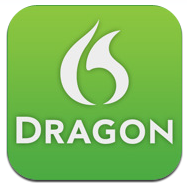How many followers on social media are enough? Do you watch your numbers and constantly search for new ways to gain a new friend or an extra follower?
In this week’s Inside PR, Gini Dietrich expresses her annoyance at discovering that some people seem to be using the #FF (Follow Friday) hashtag primarily as a means to get the attention of others on Twitter who have high follower counts. Ginny observed that some people she is following seem to point only to others who already have high follower counts. Ginny wonders whether those recommendations are sincere endorsements of content or instead, attempts to get those high follower people to reply, putting the original person’s ID in their Twitter stream and attracting more interest to themselves. Thinly veiled spam? An extension of the old-style interruption broadcast advertising psychology?
I monitor the number of followers, subscribers, mentions and comments on my blog and other social media as part of my calculation of return on investment. Given that my greatest cost of creating and sharing content is my time (and I always have other things that I could be doing with my time), I make a calculation of whether I am talking to myself or whether I am part of a community that shares my interests and is actively engaged with me. While I don’t put a dollar amount on that calculation, I do make a calculation of my relative return on the investment of my time.
So, having admitted that I do track my numbers, why don’t I spend more time trying to dramatically increase my numbers of followers? The answer is simple: I am interested in engagement with the community that cares about my content, not in raw reach. What counts for me is a genuine connection with a community of interest, not simply growing the size of my audience.
How does that compare with your approach to social media?
Do you focus on finding and engaging with a clearly defined community of interest that corresponds with your personal interests or the interest of your organization? Or do you pursue ever larger numbers of subscribers, followers and friends?








